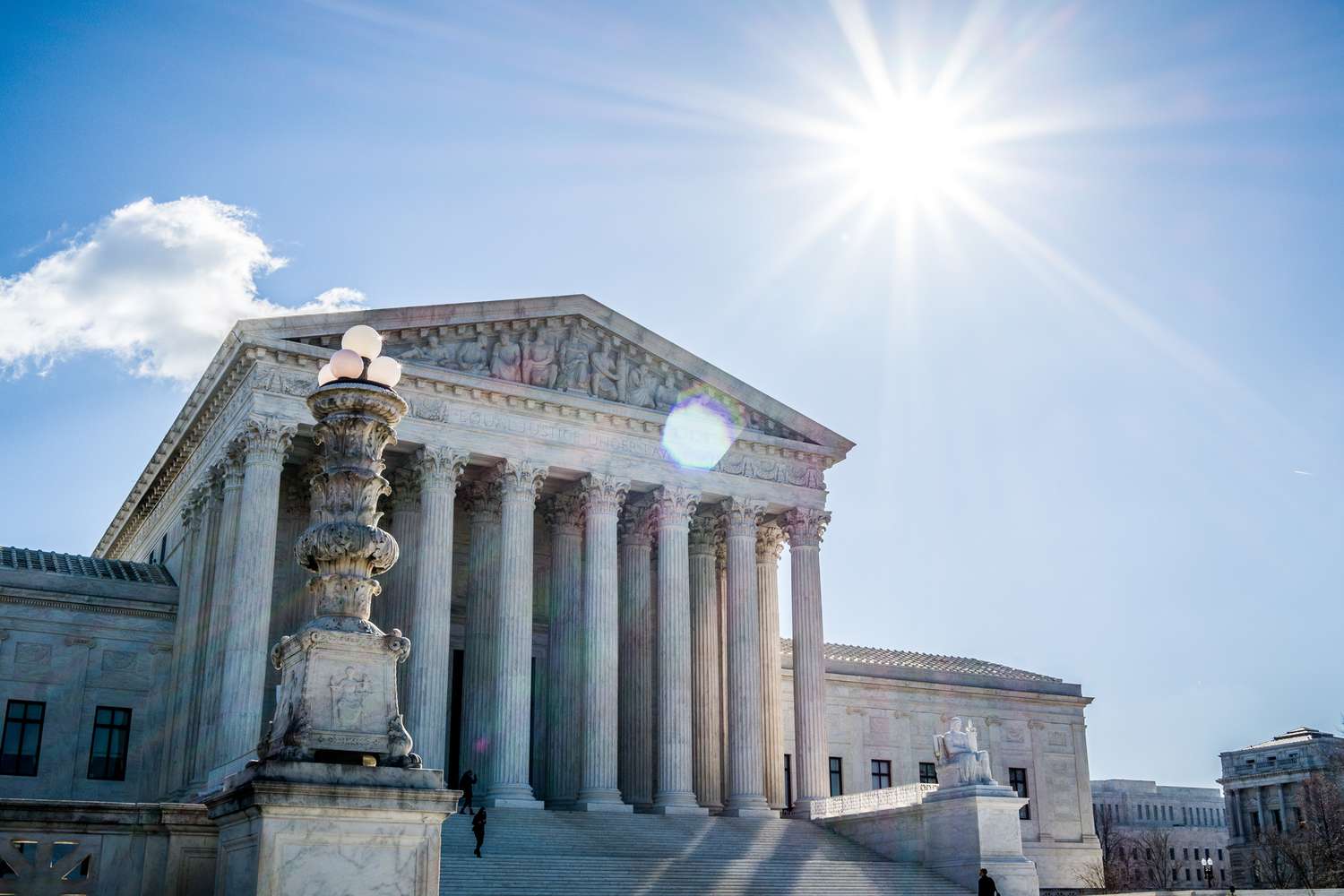
Griswold v. Connecticut is a landmark case that changed American history. Ever wondered how a simple court case could impact millions of lives? Griswold v. Connecticut did just that by challenging a state law that banned contraceptives. This 1965 Supreme Court decision not only struck down the law but also established the right to privacy in marital relations. Imagine living in a time when even married couples couldn't legally obtain birth control! This case paved the way for future rulings on personal freedoms and privacy rights. Curious about the details? Let's dive into 12 fascinating facts about Griswold v. Connecticut and its lasting impact.
Griswold v. Connecticut: A Landmark Case
Griswold v. Connecticut is a pivotal Supreme Court case that reshaped American privacy rights. This case, decided in 1965, has had a lasting impact on the legal landscape. Here are some key facts to understand its significance.
The Background of the Case
Understanding the context of Griswold v. Connecticut helps in grasping its importance. This case didn't just appear out of nowhere; it was the result of years of legal battles and social changes.
-
The case originated from a Connecticut law that banned the use of contraceptives. This law, enacted in 1879, made it illegal for anyone to use "any drug, medicinal article, or instrument for the purpose of preventing conception."
-
Estelle Griswold, the executive director of the Planned Parenthood League of Connecticut, and Dr. C. Lee Buxton, a physician, were arrested for providing contraceptives to married couples. They were convicted and fined $100 each.
-
The case was taken to the Supreme Court to challenge the constitutionality of the Connecticut law. Griswold and Buxton argued that the law violated the right to marital privacy.
The Supreme Court's Decision
The Supreme Court's ruling in Griswold v. Connecticut was groundbreaking. It set a precedent for future cases involving privacy rights.
-
The Supreme Court ruled in a 7-2 decision that the Connecticut law was unconstitutional. The majority opinion was written by Justice William O. Douglas.
-
The Court found that the law violated the "right to marital privacy." This right, although not explicitly stated in the Constitution, was inferred from several amendments, including the First, Third, Fourth, and Ninth Amendments.
-
Justice Douglas used the concept of "penumbras" and "emanations" to explain how these amendments create zones of privacy. This reasoning has been both praised and criticized over the years.
Impact on Privacy Rights
Griswold v. Connecticut had far-reaching implications for privacy rights in the United States. It laid the groundwork for future landmark cases.
-
The decision in Griswold v. Connecticut paved the way for the landmark case Roe v. Wade in 1973. Roe v. Wade extended the right to privacy to a woman's decision to have an abortion.
-
The case also influenced Eisenstadt v. Baird in 1972, which extended the right to use contraceptives to unmarried individuals. This further broadened the scope of privacy rights.
-
Griswold v. Connecticut has been cited in numerous other cases involving privacy rights, including those related to same-sex relationships and marriage equality.
Controversies and Criticisms
While Griswold v. Connecticut is celebrated for advancing privacy rights, it has also faced criticism and controversy.
-
Some legal scholars argue that the concept of "penumbras" and "emanations" is too vague and lacks a solid constitutional basis. They believe the Court overstepped its bounds in creating new rights.
-
Others criticize the decision for not going far enough. They argue that the right to privacy should be more explicitly protected in the Constitution.
-
Despite these criticisms, Griswold v. Connecticut remains a cornerstone of American constitutional law. It continues to influence debates on privacy and individual rights.
The Lasting Impact of Griswold v. Connecticut
Griswold v. Connecticut changed the landscape of American privacy rights. This landmark case established the right to privacy in marital relations, paving the way for future rulings on personal freedoms. It wasn't just about contraception; it set a precedent for how the Constitution protects individual liberties.
The Supreme Court's decision in 1965 has had a ripple effect on numerous other cases, including Roe v. Wade. By recognizing a "right to privacy," the Court opened doors for broader interpretations of constitutional rights.
Griswold v. Connecticut remains a cornerstone in legal discussions about privacy and personal autonomy. Its influence is still felt today, reminding us of the ongoing struggle to balance state power and individual rights. Understanding this case helps us appreciate the complexities of constitutional law and its impact on our daily lives.
Was this page helpful?
Our commitment to delivering trustworthy and engaging content is at the heart of what we do. Each fact on our site is contributed by real users like you, bringing a wealth of diverse insights and information. To ensure the highest standards of accuracy and reliability, our dedicated editors meticulously review each submission. This process guarantees that the facts we share are not only fascinating but also credible. Trust in our commitment to quality and authenticity as you explore and learn with us.


